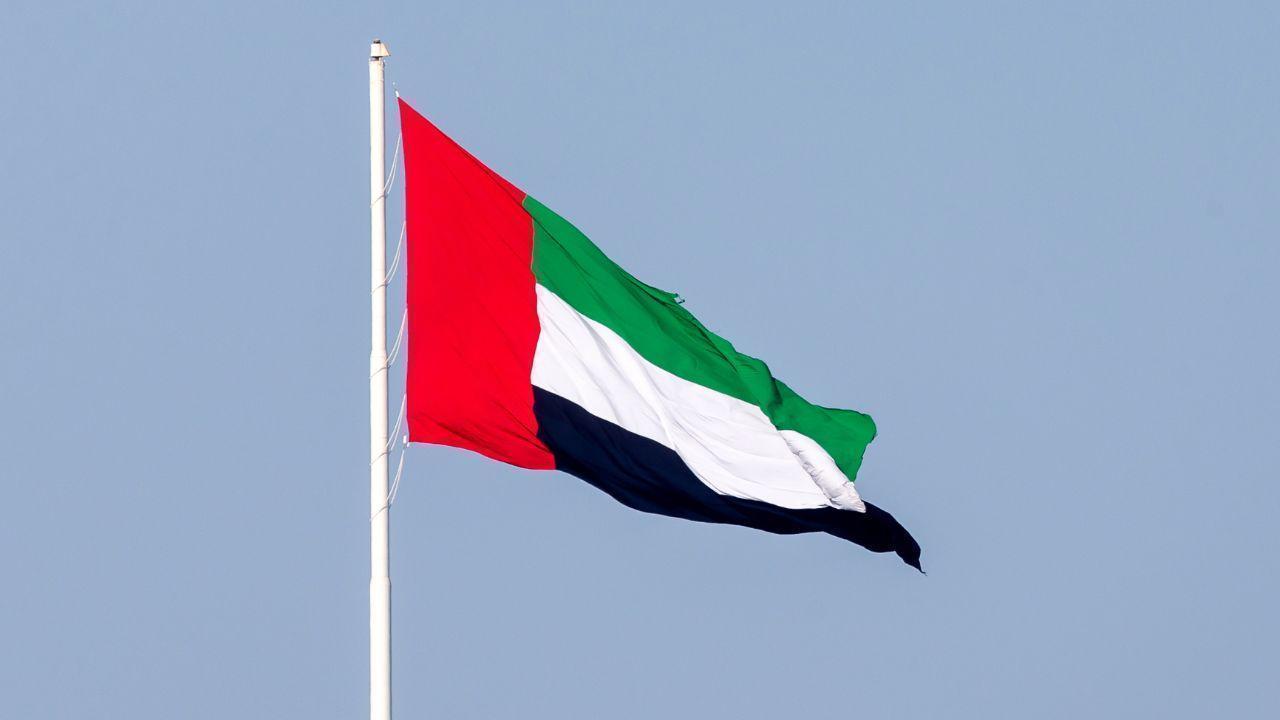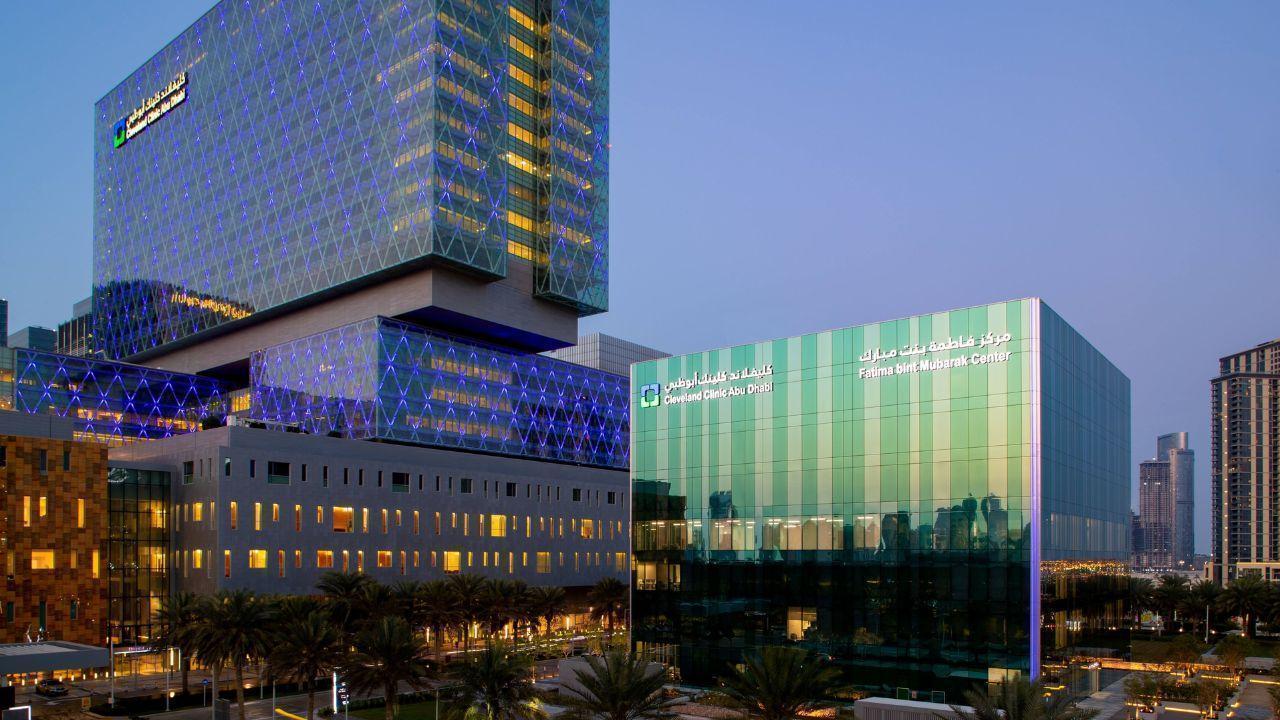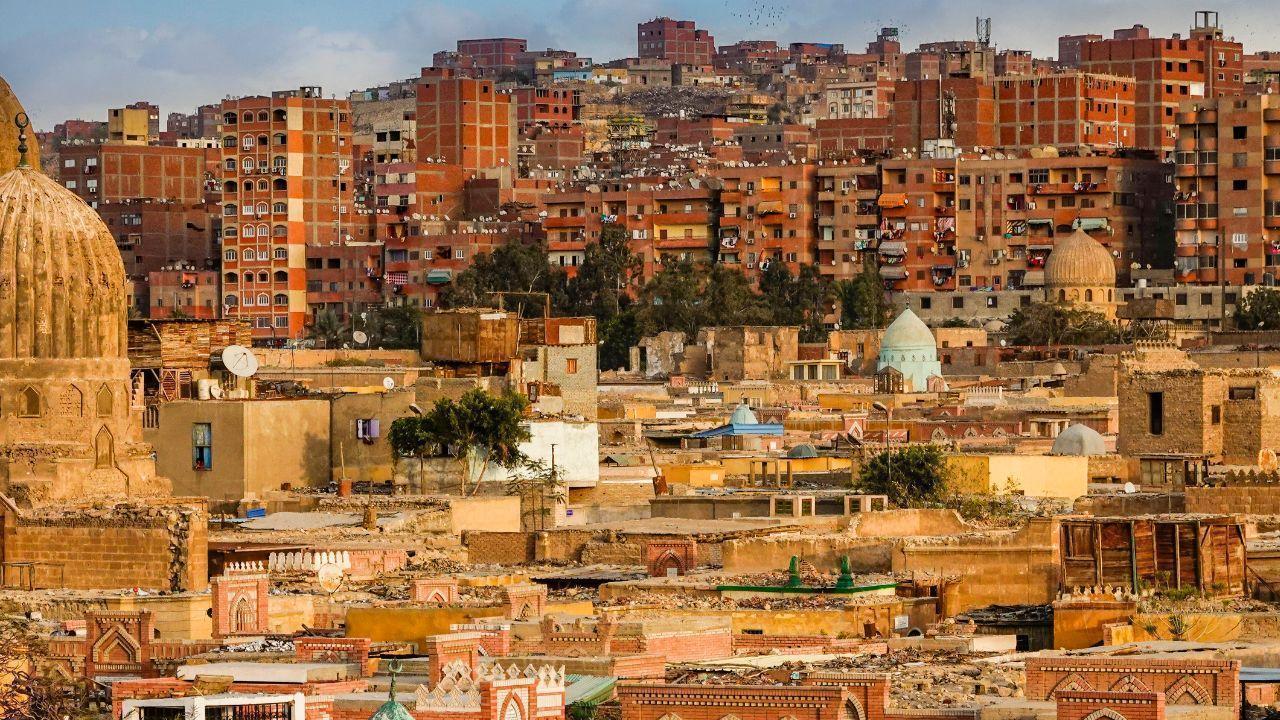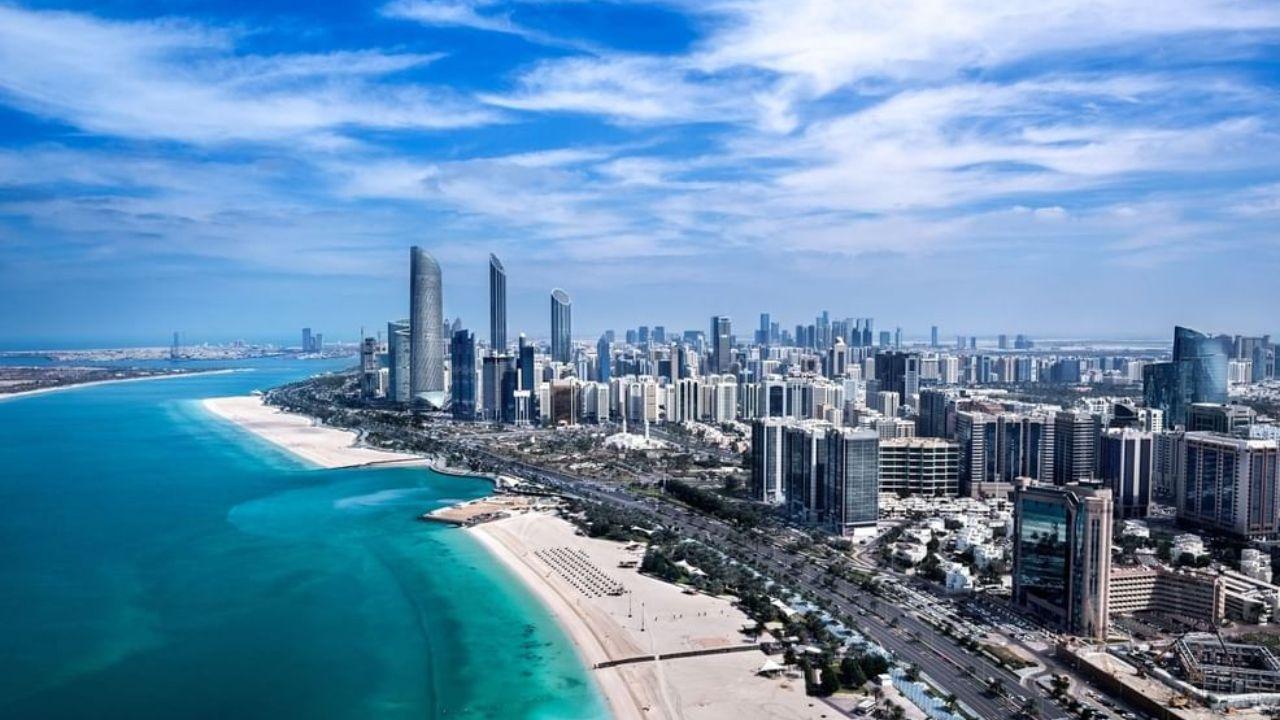
Lost City in the Clouds: Exploring the Wonders of Machu Picchu, Peru
Perched majestically atop a rugged mountain ridge, Machu Picchu emerges from the mist like a vision from another time. Its stone walls, meticulously crafted by the hands of ancient Incan artisans, stand as a testament to the ingenuity and architectural prowess of a civilization long gone. As you traverse the narrow pathways and winding staircases of this sacred site, it's impossible not to feel a sense of awe and wonder at the sheer magnitude of human achievement.
Surrounded by dense, emerald-green jungle and towering peaks, Machu Picchu seems to blend seamlessly into its natural surroundings, as if it were a part of the landscape itself. Indeed, the very name "Machu Picchu" translates to "Old Peak" in the Quechua language, a fitting moniker for a site that has stood the test of time for over five centuries.
Legend has it that Machu Picchu was built by the Inca emperor Pachacuti as a retreat for himself and his closest advisors, a place where they could commune with the gods and contemplate the mysteries of the universe. Whether or not this is true remains a matter of debate among historians, but there is no denying the spiritual significance of this ancient citadel.
As you explore Machu Picchu's sprawling terraces, plazas, and temples, you can't help but marvel at the precision with which each stone was placed, the sheer scale of the undertaking, and the advanced engineering techniques employed by the Inca people. From the intricately carved Intihuatana stone, believed to have served as a sundial or astronomical calendar, to the Temple of the Sun, with its perfectly aligned windows designed to capture the first rays of the morning sun, every aspect of Machu Picchu seems to have been carefully planned and executed with a sense of purpose and reverence.
But perhaps what is most striking about Machu Picchu is not just its architectural splendor, but the sense of mystery and intrigue that surrounds it. How did the Inca people manage to construct such a monumental complex without the use of modern technology? What rituals and ceremonies took place within its walls? And why was it abandoned so suddenly, only to be reclaimed by the jungle for centuries?
These are questions that may never be fully answered, adding to the allure and mystique of Machu Picchu for generations to come. Whether you're a seasoned traveler or a curious explorer embarking on your first journey to this remote corner of the world, one thing is certain: Machu Picchu is a place like no other, a testament to the enduring spirit of human creativity and the power of the natural world to inspire wonder and awe.
Unveiling the Mysteries of Machu Picchu: A Journey through Time:
Deep within the rugged terrain of the Andes Mountains in Peru lies a hidden gem of human history - Machu Picchu. This awe-inspiring archaeological wonder, shrouded in mist and mystery, beckons adventurers and historians alike to uncover its secrets.
The story of Machu Picchu begins over five centuries ago, during the height of the Inca Empire. It was in the 15th century that the great Inca ruler Pachacuti ordered the construction of this magnificent citadel atop a mountain ridge, overlooking the sacred valley below. The purpose of Machu Picchu remains a subject of speculation, with theories ranging from a royal estate to a religious sanctuary or even a retreat for the elite.
For centuries, Machu Picchu lay concealed from the outside world, its existence known only to a select few indigenous farmers who lived in the surrounding valleys. It wasn't until the early 20th century that the site was brought to global attention by American explorer Hiram Bingham, who stumbled upon its overgrown ruins in 1911. His discovery sparked international fascination and fueled countless expeditions to unearth the secrets of this lost city in the clouds.
As archaeologists painstakingly excavated Machu Picchu, they marveled at the precision and ingenuity of Incan engineering. The citadel's intricate stone structures, built without the use of mortar, stand as a testament to the skill and craftsmanship of its creators. The terraced fields that cascade down the mountainside are a testament to the Inca's mastery of agriculture, allowing them to cultivate crops in the high-altitude environment.
But Machu Picchu is more than just a marvel of ancient architecture; it is a window into the spiritual and cultural beliefs of the Inca civilization. The site's strategic location, surrounded by towering peaks and steep cliffs, is believed to have held profound significance in Incan cosmology. Its temples and ceremonial plazas are adorned with intricate carvings and religious symbols, offering clues to the rituals and ceremonies that once took place within its walls.
Today, Machu Picchu stands as a symbol of Peru's rich cultural heritage and a testament to the resilience of its indigenous peoples. Visitors from around the world flock to this remote corner of the Andes to experience the magic of Machu Picchu firsthand, to walk in the footsteps of ancient civilizations, and to marvel at the wonders of the natural world.
As the mist lifts and the morning sun illuminates the ancient stones, Machu Picchu casts its spell once again, inviting all who dare to venture into its hallowed halls to embark on a journey through time and history.
Cultural Treasures:
At Machu Picchu, the cultural treasures are as abundant as the breathtaking scenery that surrounds them. Each stone of the ancient citadel holds a story of Incan ingenuity and reverence for the natural world.
The Incas, a civilization deeply connected to the mountains and the cosmos, infused Machu Picchu with spiritual significance. The layout of the city reflects their understanding of astronomy, with temples and terraces aligned with celestial events such as solstices and equinoxes. This celestial alignment highlights the Incas' belief in the interconnectedness of all things, from the heavens above to the earth below.
Walking through Machu Picchu, visitors encounter a series of sacred spaces that speak to the Inca's devotion to their gods. The Temple of the Sun, with its meticulously crafted stone walls and windows, was dedicated to Inti, the sun god, and served as a place of worship and astronomical observation. Nearby, the Intihuatana stone, a carved granite pillar, served as a sundial and ritual site, symbolizing the Inca's connection to the sun and their ability to harness its power.
But perhaps the most striking feature of Machu Picchu is its terraced agriculture, a testament to the Incas' engineering prowess and agricultural innovation. These meticulously constructed terraces not only provided sustenance for the city's inhabitants but also served as a symbol of the Inca's mastery over the land. The agricultural terraces, along with the complex irrigation system that supplied water to the city, highlight the Inca's deep understanding of their environment and their ability to thrive in even the most challenging terrain.
In addition to its architectural wonders, Machu Picchu is also home to a rich tapestry of cultural traditions and practices. The Incas were skilled artisans, known for their intricate stonework and finely crafted ceramics. Visitors can marvel at the skill and craftsmanship of these ancient artisans, whose work reflects their deep connection to the natural world and their reverence for the divine.
As visitors explore Machu Picchu, they are invited to contemplate the mysteries of the past and the enduring legacy of the Inca civilization. The cultural treasures of Machu Picchu serve as a reminder of the ingenuity and resilience of the human spirit, inspiring awe and wonder in all who have the privilege to walk in the footsteps of the ancients.
Savoring the Flavors of Peru: Culinary Delights at Machu Picchu: Peruvian cuisine is a vibrant tapestry woven from a rich diversity of ingredients, techniques, and cultural influences. At Machu Picchu, nestled amidst the towering peaks of the Andes, visitors embark on a gastronomic journey like no other, where every dish tells a story of tradition, innovation, and the bountiful land that sustains it.

- Local Ingredients, Global Flavors:
Peru's culinary landscape is as varied as its geography, with a treasure trove of native ingredients sourced from the Amazon rainforest, the Pacific coast, and the high-altitude Andean plains. Quinoa, revered as a sacred crop by the Incas, takes center stage in many dishes, celebrated for its nutritional richness and versatility. Potatoes, another staple of Andean cuisine, come in a dazzling array of colors, shapes, and flavors, each variety offering a unique culinary experience.
- Ceviche: A Taste of the Sea:
No visit to Machu Picchu is complete without sampling Peru's national dish - ceviche. Made from fresh fish or seafood marinated in zesty lime juice, with a splash of fiery chili peppers and a sprinkle of fragrant cilantro, ceviche is a refreshing explosion of flavor that tantalizes the taste buds. Each bite is a symphony of textures and tastes, a testament to the bounty of the Pacific Ocean and the skill of the Peruvian chefs who transform it into culinary gold.
- Andean Comfort Food:
In the high-altitude regions surrounding Machu Picchu, hearty and comforting dishes reign supreme, providing sustenance and warmth to weary travelers. Lomo saltado, a beloved Peruvian stir-fry, combines tender strips of beef with onions, tomatoes, and a dash of soy sauce, served atop a steaming mound of rice and accompanied by crispy fried potatoes. It's a dish that reflects Peru's multicultural heritage, with influences from China, Spain, and the indigenous Andean peoples.
- Pachamanca: A Feast for the Senses:
For those seeking an authentic Andean culinary experience, a pachamanca feast is not to be missed. This traditional cooking method involves marinating meats and vegetables in aromatic herbs and spices, then burying them in the earth to slow-cook over hot stones. The result is a succulent and flavorsome banquet that celebrates the bounty of the land and the ancient rituals of the Andean peoples.
- Sweet Endings:
No meal in Peru is complete without a sweet treat to satisfy the sweet tooth. Alfajores, delicate sandwich cookies filled with creamy dulce de leche and dusted with powdered sugar, are a popular indulgence at Machu Picchu. For a taste of the exotic, try lucuma ice cream, made from the sweet and creamy fruit of the lucuma tree, native to the Andes. It's a dessert that's as refreshing as it is decadent, a fitting end to a culinary adventure in the clouds.
Must-See Attractions:
Exploring the region around Machu Picchu unveils a treasure trove of captivating attractions that complement the awe-inspiring ancient citadel. Beyond the iconic ruins, travelers are treated to a rich tapestry of cultural, natural, and historical wonders that promise to leave an indelible mark on their journey.
- The Inca Trail:
Embarking on the legendary Inca Trail is a pilgrimage of sorts for adventure seekers and history buffs alike. This renowned trek winds its way through rugged mountain terrain, offering panoramic vistas of snow-capped peaks, lush valleys, and remote Andean villages. Along the way, hikers encounter ancient Incan ruins, including the mesmerizing Winay Wayna and the imposing Intipata, providing a tangible link to the region's storied past.

- Sacred Valley of the Incas:
Nestled between Cusco and Machu Picchu, the Sacred Valley beckons with its verdant landscapes, picturesque villages, and archaeological wonders. Visitors can explore the bustling market town of Pisac, renowned for its vibrant artisan markets and Incan ruins perched high above the valley. The fortress of Ollantaytambo offers further insight into Incan engineering prowess, with its massive stone terraces and intricate irrigation systems.
- Huayna Picchu:
Rising dramatically above Machu Picchu, the towering peak of Huayna Picchu offers a thrilling ascent and unparalleled views of the surrounding landscape. The steep and narrow trail winds its way through lush cloud forest, passing by ancient stone staircases and hidden temples before culminating in a breathtaking summit. With its sheer cliffs and vertiginous drops, Huayna Picchu provides a sense of adventure and accomplishment for those brave enough to conquer its heights.
- Machu Picchu Museum and Botanical Garden:
Delving deeper into the history and culture of Machu Picchu, the onsite museum and botanical garden offer a fascinating glimpse into the lives of the ancient Incas. Exhibits showcase artifacts unearthed during archaeological excavations, including ceramics, tools, and religious artifacts, shedding light on the daily rituals and customs of this enigmatic civilization. The botanical garden, meanwhile, showcases the region's rich biodiversity, with a diverse array of native plant species and medicinal herbs.
- Aguas Calientes Hot Springs:
After a day of exploration, weary travelers can unwind and rejuvenate weary muscles in the soothing waters of Aguas Calientes' hot springs. Nestled amidst lush tropical foliage, these natural thermal baths offer a blissful retreat from the rigors of travel, with mineral-rich waters renowned for their therapeutic properties. As steam rises gently into the evening sky, visitors can bask in the tranquil ambiance and reflect on the wonders they've encountered during their visit to Machu Picchu.
Summary:
The article delves into the enchanting realm of Machu Picchu, Peru, exploring its historical significance, cultural treasures, culinary delights, and must-see attractions. It paints a vivid picture of the ancient citadel's allure, from its mysterious origins to its architectural marvels and spiritual resonance. Additionally, it highlights the surrounding region's wealth of natural beauty and cultural heritage, inviting readers on a journey of discovery and wonder.
Disclaimer:
The information provided in this article is for informational purposes only. While every effort has been made to ensure accuracy, readers are encouraged to conduct further research and consult relevant authorities before making travel plans or decisions based on the content herein. DXB News Network does not endorse any specific travel services, products, or destinations mentioned in this article and shall not be held liable for any consequences arising from reliance on the information presented. Travel responsibly and respect local customs and regulations.
#MachuPicchuMagic #PeruvianWonders #IncaTrailAdventure #AndeanCuisine #LostCityMystery #CulturalExploration #TravelPeru #ExploreTheAndes #AncientCivilization #AdventureAwaits #MachuPicchuMagic #PeruvianWonders #IncaTrailAdventure #AndeanCuisine #LostCityMystery #CulturalExploration #TravelPeru #ExploreTheAndes #AncientCivilization #AdventureAwaits #HistoricalSites #BucketListTravel #WorldHeritageSite #SouthAmericanTreasures #HikingPeru #IncanEmpire #SacredValley #PeruTravel #ArchaeologicalWonders #NatureAndHistory #TrendingNow

Digital Dubai receives the "Great Place to Work" certification for the second year in a row...Read More.

Understanding the Impact of Remote Work on Real Estate Market Trends...Read More.
 Cleveland Clinic Saves Vision for Patient with Rare Fungal Sinus Infection
Cleveland Clinic Saves Vision for Patient with Rare Fungal Sinus Infection
Cleveland Clinic Abu Dhabi saves woman’s eye from rare fungal sinusitis with surgery
 India vs New Zealand Champions Trophy 2025: Varun's 5-for seals 51-run win
India vs New Zealand Champions Trophy 2025: Varun's 5-for seals 51-run win
IND vs NZ: Varun's maiden ODI five-for helps India bowl NZ out for 205, win by 51 runs
 UP Woman Facing Death in UAE: Father Seeks MEA Help, Moves Delhi HC
UP Woman Facing Death in UAE: Father Seeks MEA Help, Moves Delhi HC
Shahzadi Khan, 33, from UP's Banda, faces execution in Abu Dhabi, UAE
 Theyab bin Mohamed bin Zayed mourns the loss of Ahmed Mohamed Al Suwaidi
Theyab bin Mohamed bin Zayed mourns the loss of Ahmed Mohamed Al Suwaidi
Sheikh Theyab bin Mohamed bin Zayed offers condolences on Ahmed Al Suwaidi’s passing
 India's Possible Playing XI vs New Zealand: Two Big Changes Expected
India's Possible Playing XI vs New Zealand: Two Big Changes Expected
India may make two changes in their XI for the final Group A game vs New Zealand
Digital Dubai earns 'Great Place to Work' certification for 2025

Digital Dubai receives the "Great Place to Work" certification for the second year in a row
The Impact of Remote Work on Real Estate Market Trends

Understanding the Impact of Remote Work on Real Estate Market Trends
Saeed bin Maktoum crowns winners of International Padel Championship at NAS

Sheikh Saeed bin Maktoum crowned winners of FIP Championship at NAS Sports Tournament
Reportage Egypt aims for $118M in sales by 2025

Covering 465,000 sqm, Montenapoleone has 4,524 homes, with 62% of the space as green areas
Saudi Banks Prohibited from Using WhatsApp for Customer Service Support

Central Bank urges secure alternatives like in-app Live Chat or ChatBot services
Cleveland Clinic Saves Vision for Patient with Rare Fungal Sinus Infection

Cleveland Clinic Abu Dhabi saves woman’s eye from rare fungal sinusitis with surgery
Luka scores 29, LeBron adds 17 as Lakers beat Clippers 108-102 again

Kawhi Leonard scored a season-best 33 points as the Clippers fought back from a 21-point gap but still fell short, suffering their fifth loss in six games.
Abu Dhabi real estate deals reach AED17.24B in first two months of 2025

Abu Dhabi real estate hit AED17.24B in 2025's first two months with 5,000+ deals
Durant: Suns ‘embarrassed’ in 116-98 home loss to Timberwolves

Phoenix Suns suffer humiliating 116-98 home loss to Timberwolves, adding to tough season
Diane Warren extends Oscars losing streak after 16th Best Original Song nod

Diane Warren earned her 16th nod for The Six Triple Eight after an honorary Oscar
3001E, 30 Floor, Aspin Commercial Tower, Sheikh Zayed Road, Dubai, UAE
+971 52 602 2429
info@dxbnewsnetwork.com
© DNN. All Rights Reserved.